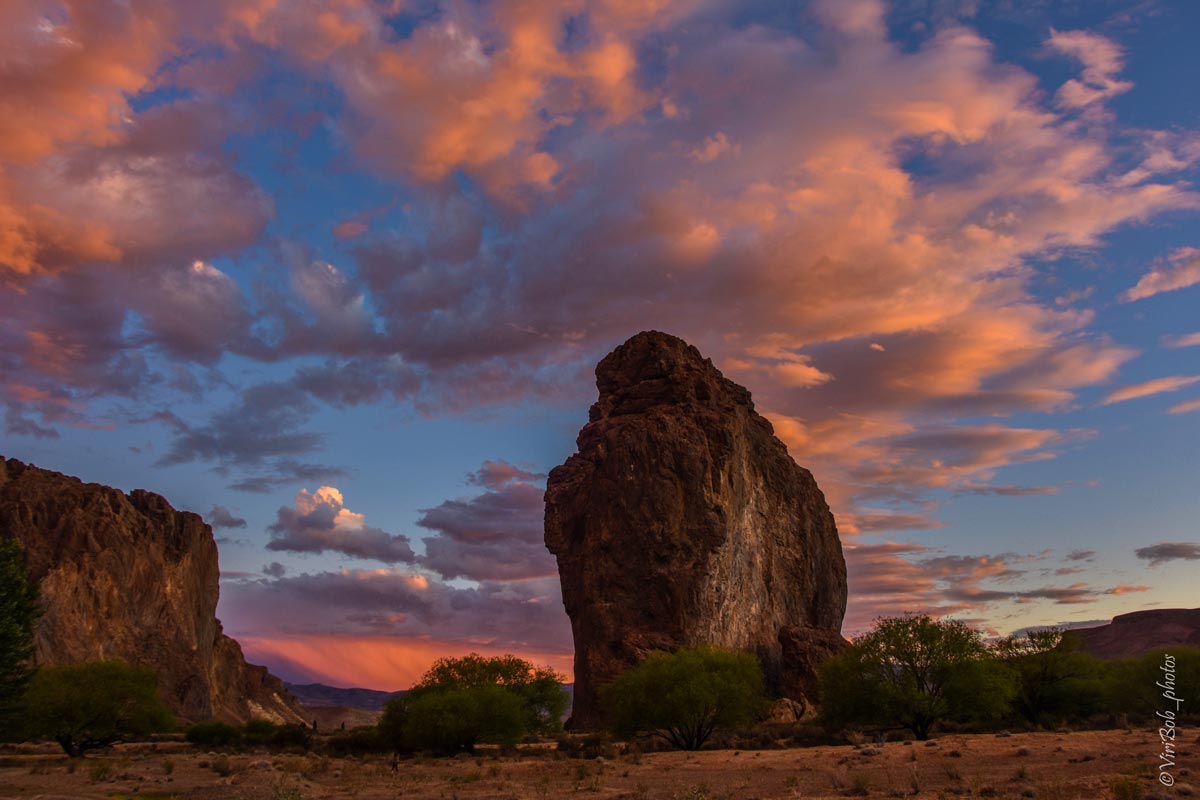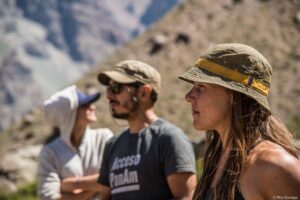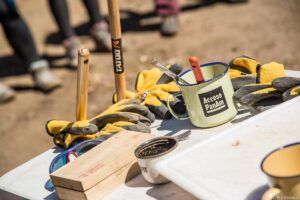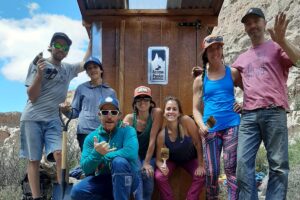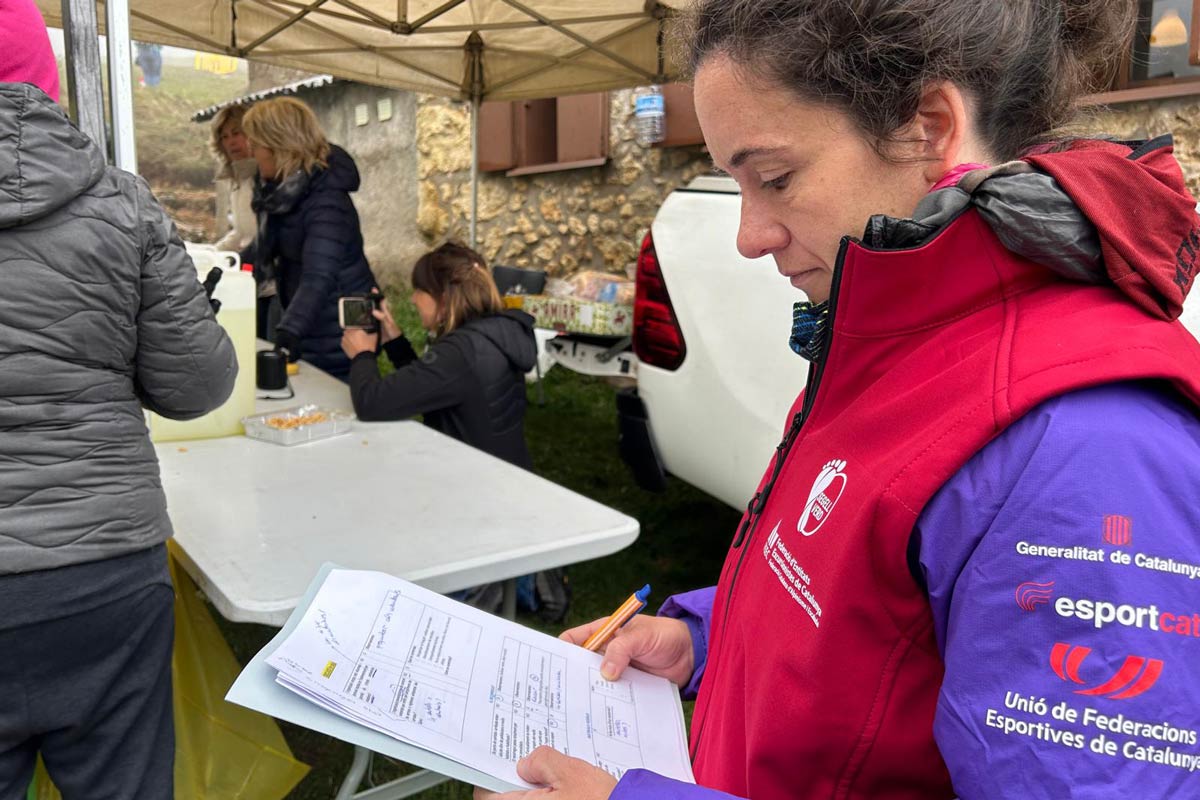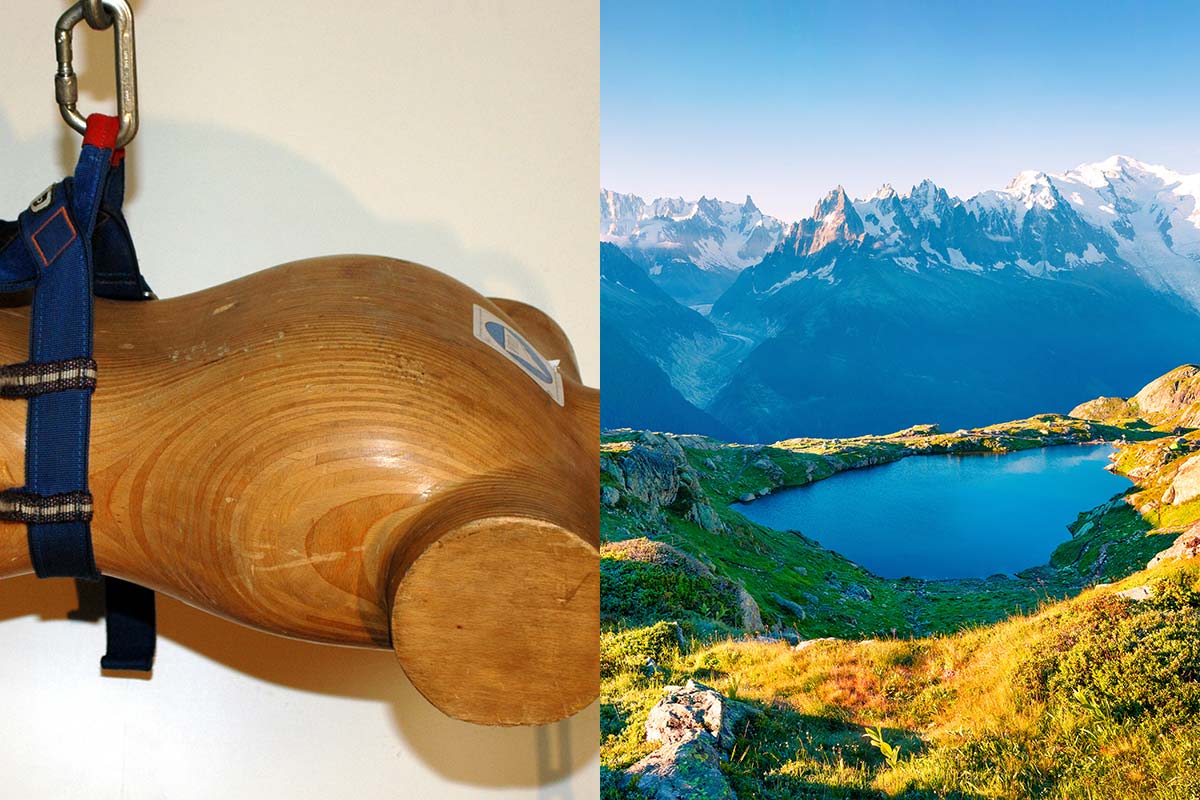During May’s UIAA spring meetings in Leeds, a special workshop was held to discuss several different access case studies from around the world. Over the coming weeks, the UIAA will share a number of these compelling stories.
The first focuses on the Piedra Parada rock formation and nearby canyon in the Chabut province of Argentina. Martin Lascano, UIAA Executive Board member, gave the talk based on work conducted by Acceso PanAm and Federación Argentina de Ski y Andinismo (FASA).
Piedra Parada has been a Protected Natural Area of Chabut, Patagonia, Argentina, since 2006. It has a fragile ecosystem home to more than a hundred different types of bird (30% of species are considered vulnerable) and varies species of protected mammals.
The distinctive rock formation is located near a 3km long canyon offering stunning big wall climbing with over 35 sport climbing and multi-pitch sectors. The area offers easy access and places to camp.
This attractiveness has led to some issues and challenges. The first recorded climbing in the region was as recently as 1999. Since it was chosen as a venue on the Petzl RocTrip in 2012, the location’s popularity has grown. Piedra Parada has hosted annual youth events (organised by Club Andino Esquel and FASA) since 2014. Fewer than 200 people were visiting each year in the early 2000s, numbers which today stand at over 4000.
Problems with increased visitor numbers has sometimes led to safety issues with too many people on the walls at the same time as well as an increase in trash and human waste which has contributed to contamination of water and soil. And all of this against was backdrop of there being no regulations in place and little understanding of ‘leave no trace’ guidelines or education.
The initial reaction from the provincial government was quite typical of the region. A park ranger was hired who proposed to prohibit access and climbing at Piedra Parada. These measures were deemed likely to be unsuccessful and counterproductive, causing resentment and leading a number of people to climb without permission. As a response, Access Panam, FASA and the local climbing club, Club Andino Esquel, worked towards a solution which would appease both the provincial government and climbers and most significantly ensure the conservation of the area.
Acceso PanAm, an organisation whose mission is to protect access to climbing and mountaineering areas in Latin America while promoting their conservation, lead the process. The solution was broken into three phases: human waste management treatment, climber and visitor education and devising new regulations.
One of the significant first steps was the construction of a dry toilet to separate urine and excrement. This relatively low cost and low maintenance solution protects groundwater, reduces bad odours and ensures faecal matter is dried, composted and does not contaminate.
Since the new solutions have been in place, the situation has improved with climbers having the tools and knowledge at their disposal to be more considerate visitors and the local authorities proving more flexible in terms of the regulations imposed. Such a model will be deployed in other areas of Argentina and South America.
At the same time, the relationship between the authorities of the Provincial Park, the institutions involved and the climbers themselves has strengthened. Today they all work in coordination and with the same objective: to protect the area so that visitors can enjoy it with minimal impact.
All images courtesy of Acceso PanAm

